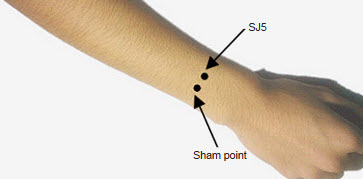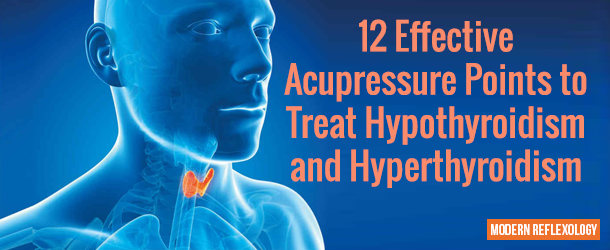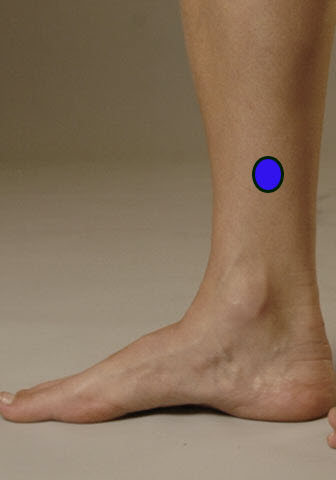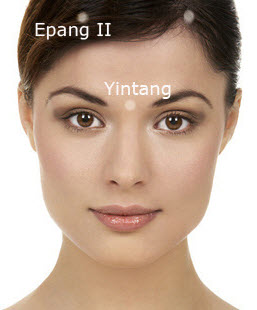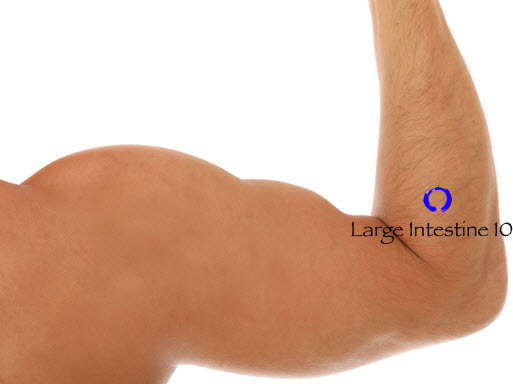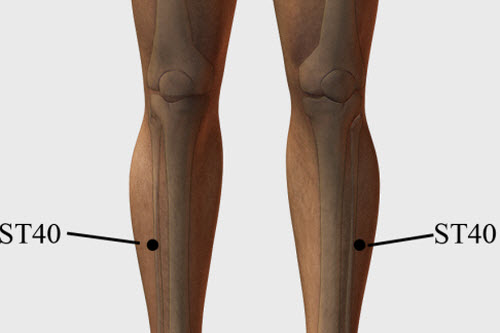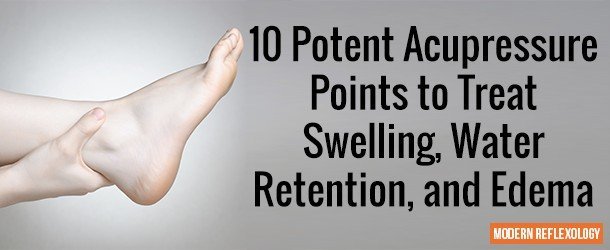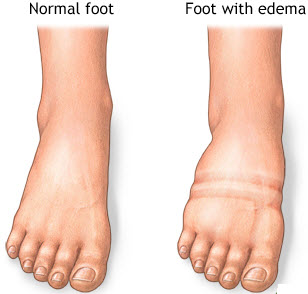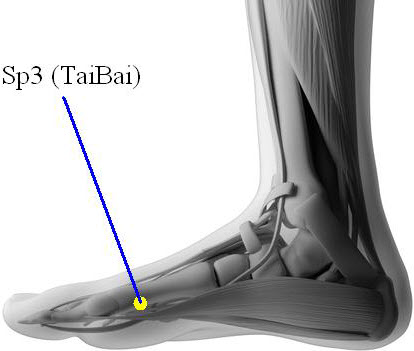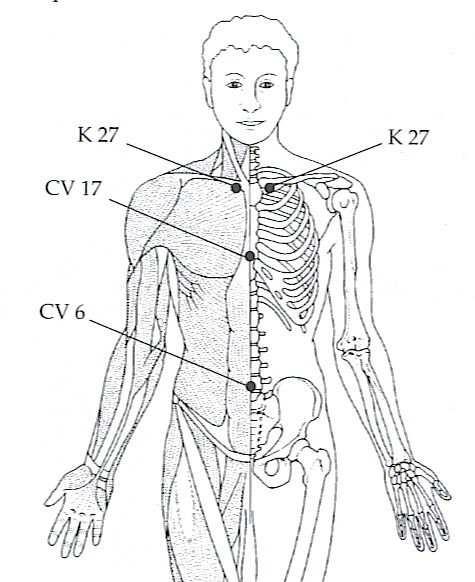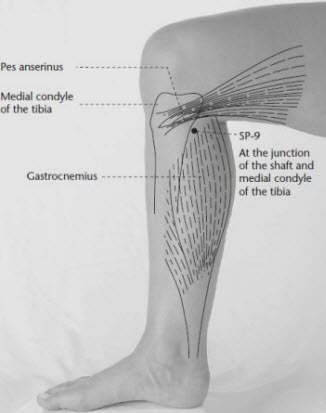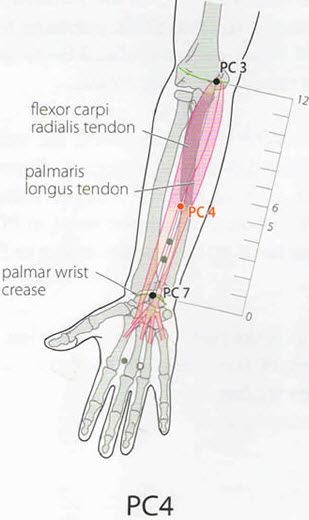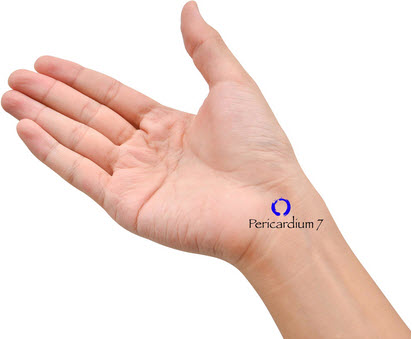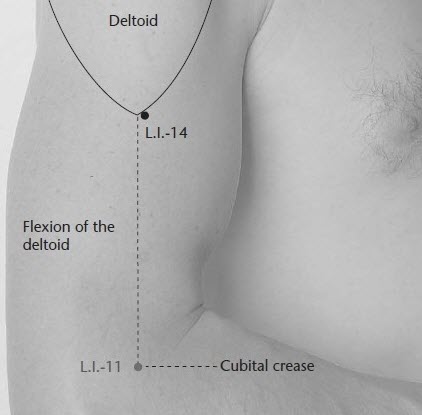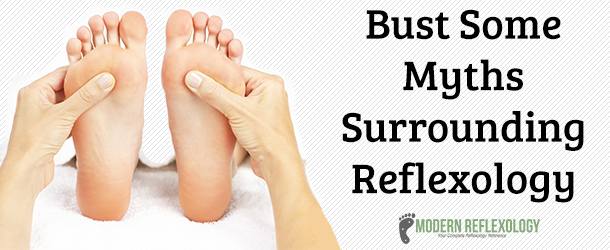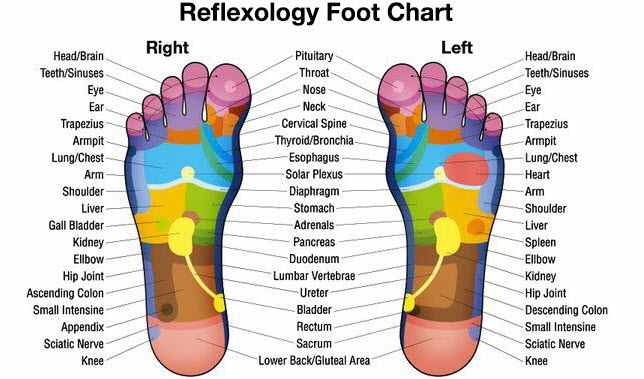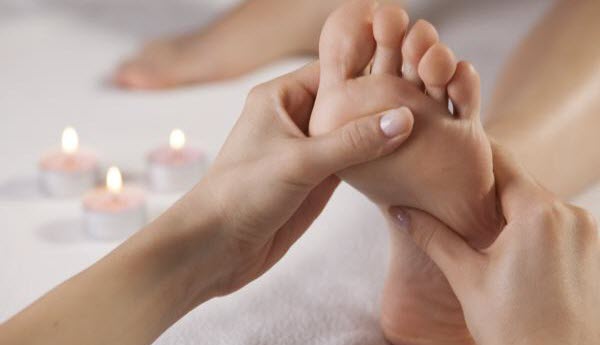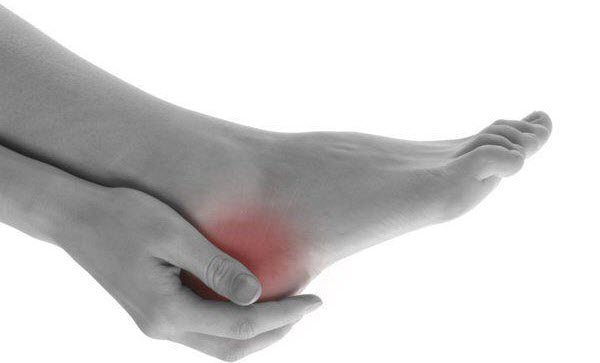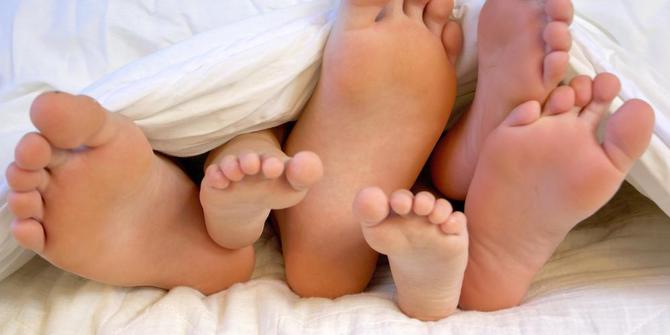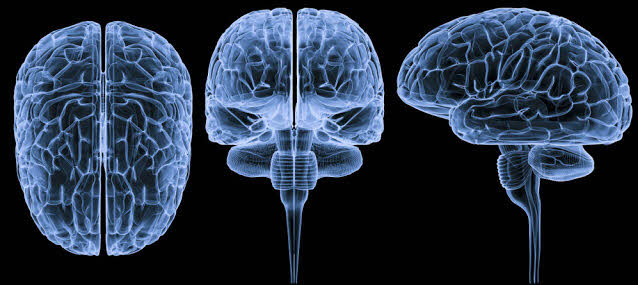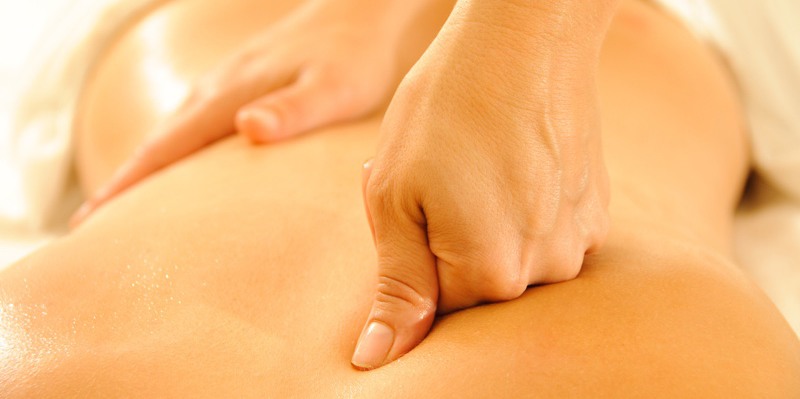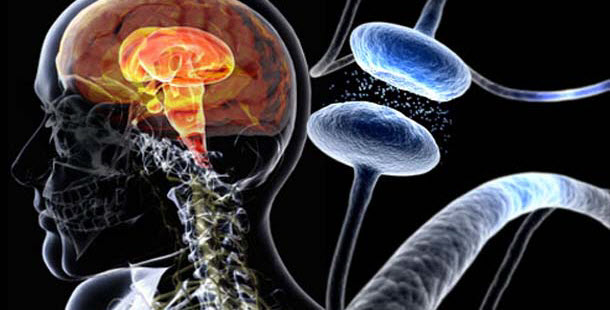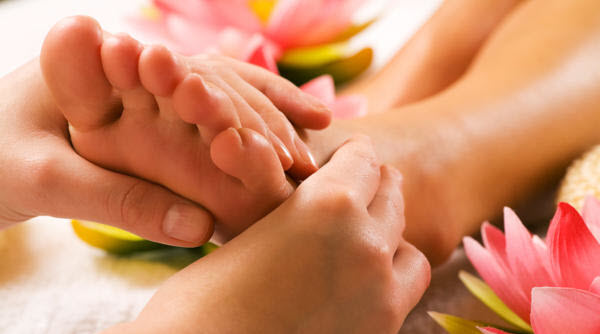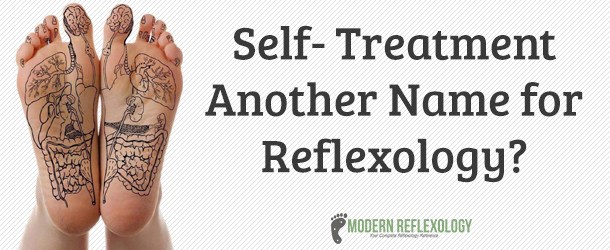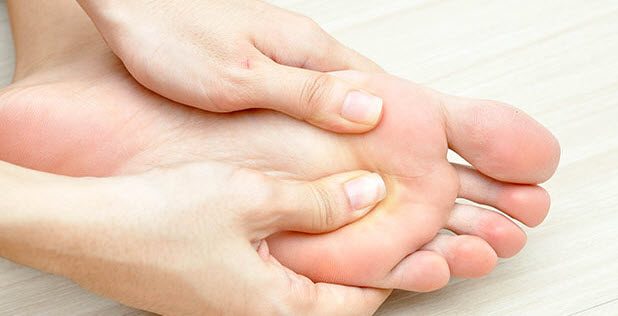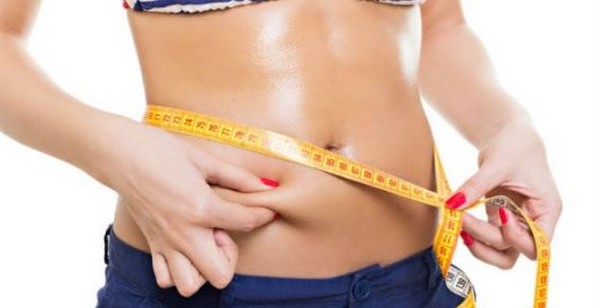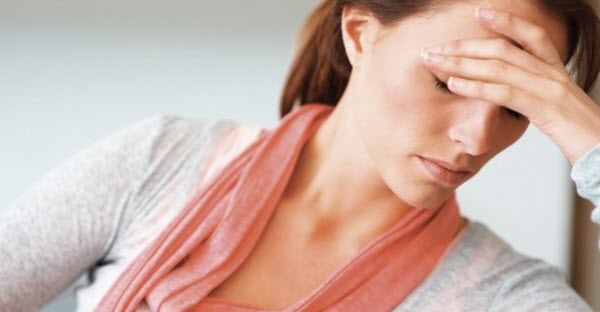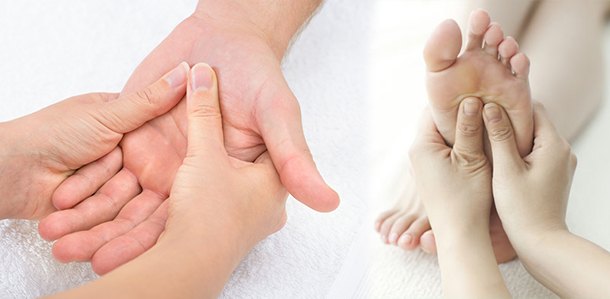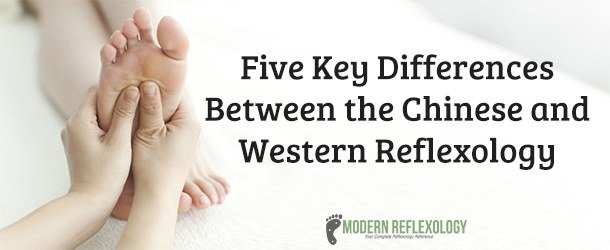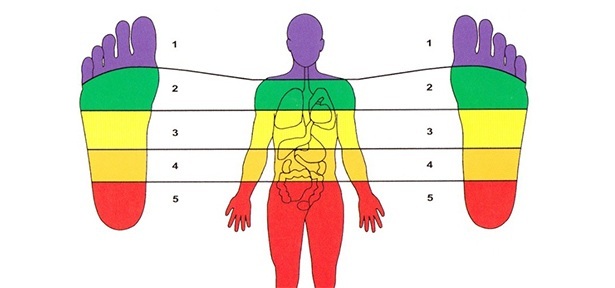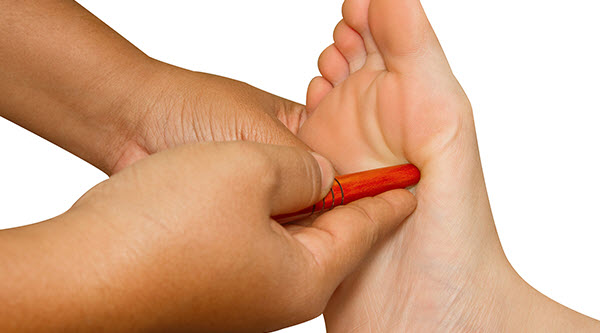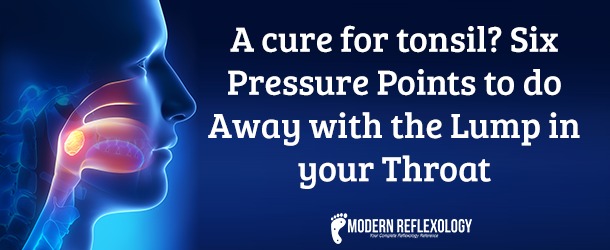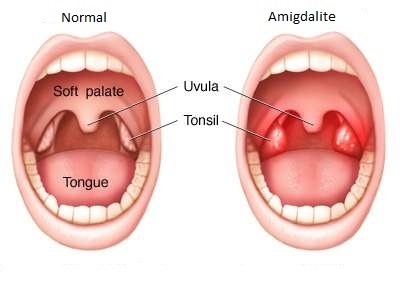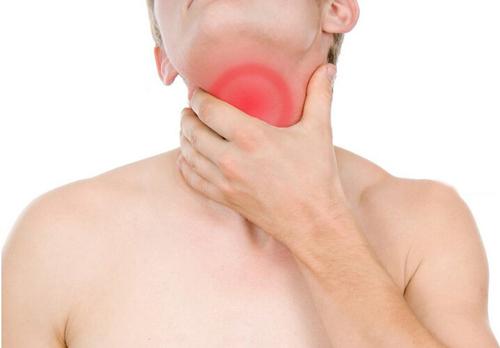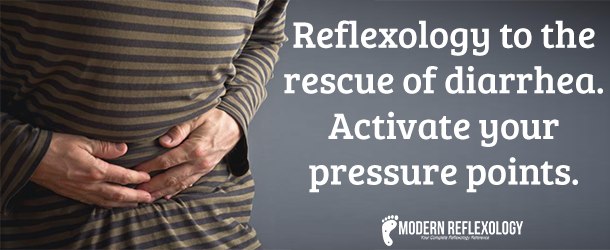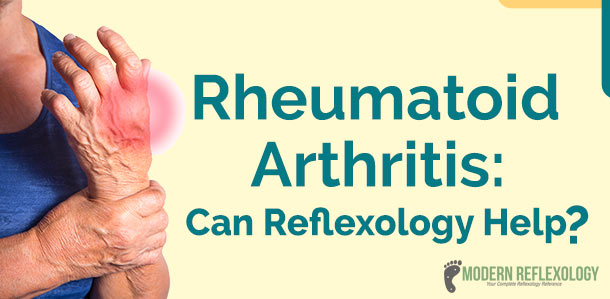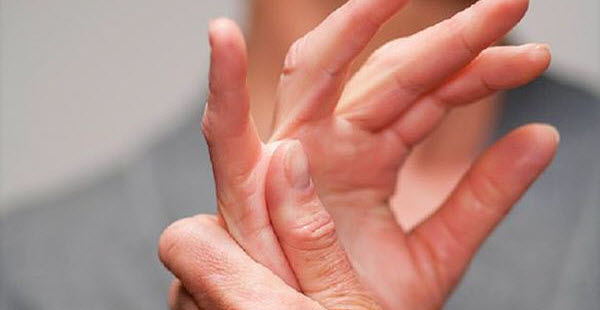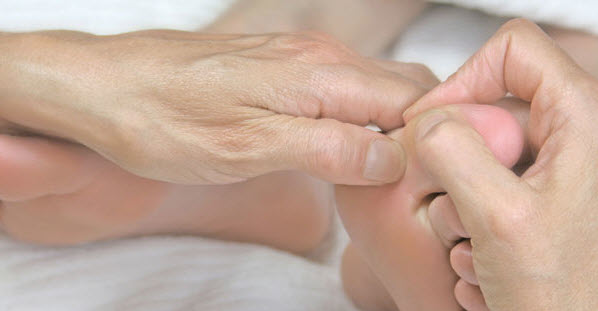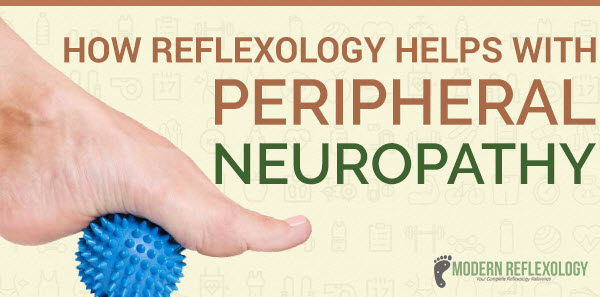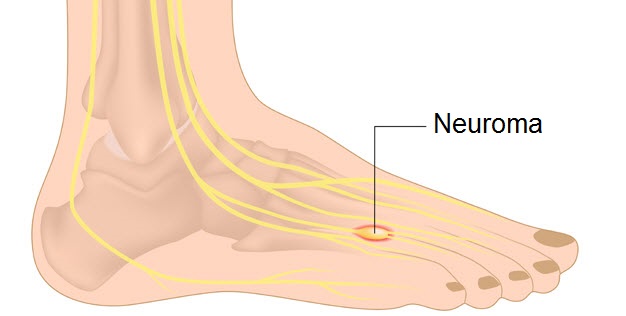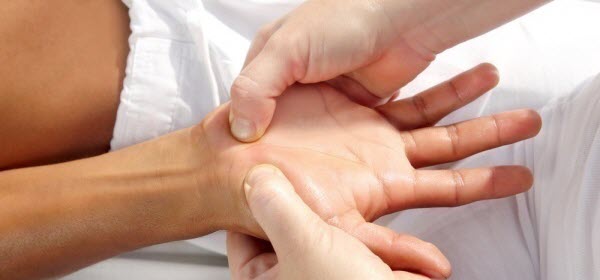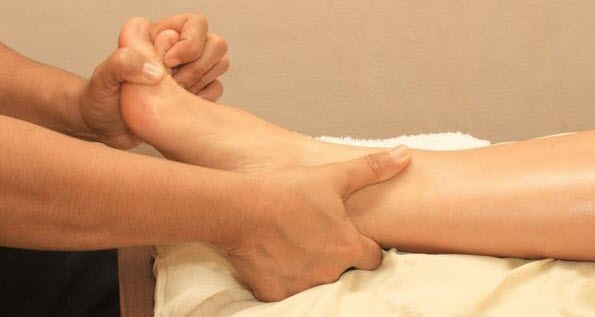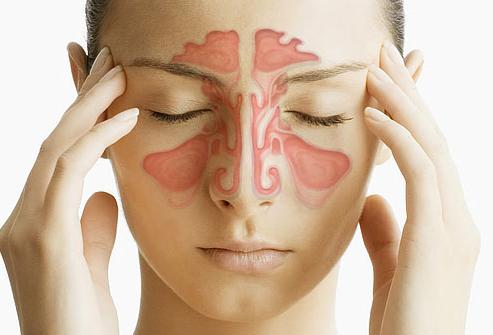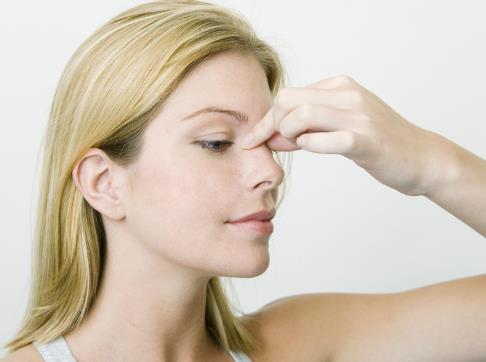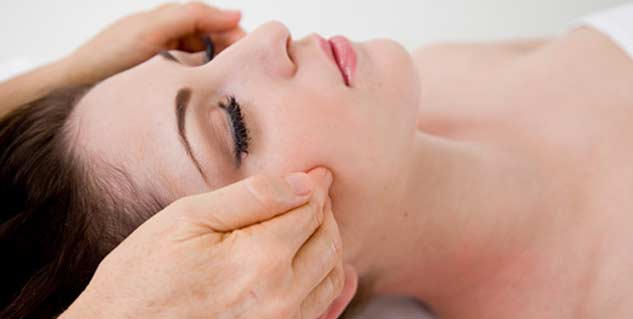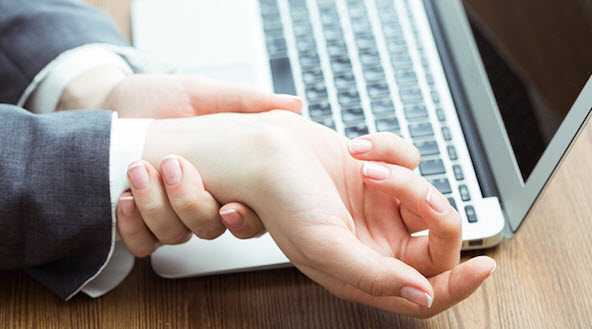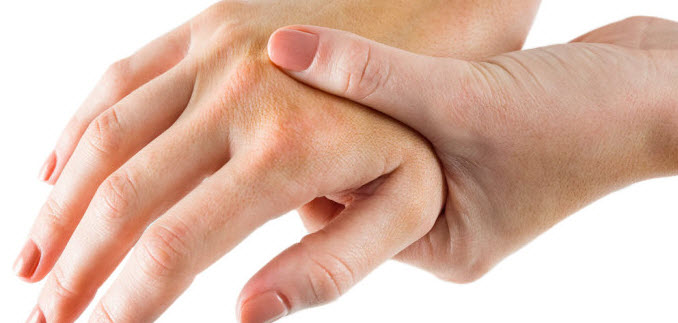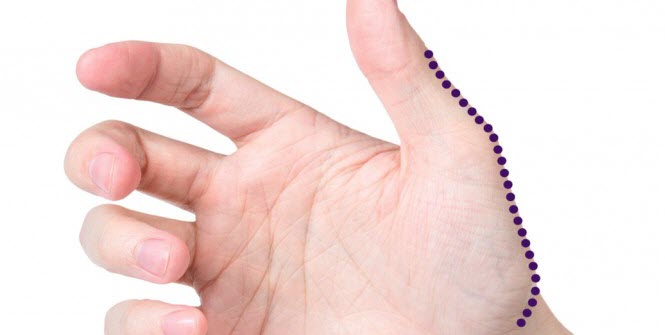Vertigo, dizziness, and fainting are common problems that can occur in people of any age, but they are more common among older adults. Although, light-headedness and fainting are mainly caused due to general weakness, vertigo is a symptom in itself that is marked by a specific kind of dizziness in which the individual feels that the surrounding is moving, although there is no actual movement. The person can also feel as if he is off balance, with sensations of tilting, spinning, whirling or falling. Severe vertigo can trigger nausea, vomiting and loss of balance. Some common causes of vertigo and dizziness are Vestibular neuritis or labyrinthitis, Meniere’s disease, and BPPV or benign paroxysmal positional vertigo. Acupressure and reflexology help in treating the symptoms of vertigo along with dizziness and fainting by restoring the balance of the energy flow in the body.
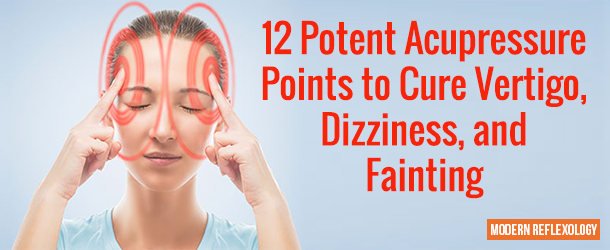
6 Useful Acupressure Points to Treat Vertigo and Dizziness
Vertigo is a specific kind of dizziness in which one feels that the surrounding environment or the person himself is moving or spinning even though there is no real movement. But, unlike common belief, vertigo is not a specific symptom related to fear of heights. Dizziness causes in case of vertigo are due to either disturbance in the balance organs of the inner ear or disturbance in the parts of the brain or sensory nerve pathways. Acupressure therapy can help in alleviating the symptoms of vertigo and dizziness naturally by stimulating a specific set of pressure points located on various parts of the body.
P6
P6 or Pericardium 6 is an effective acupressure point that works as a cure for vertigo and also aids to relieve other associated symptoms like nausea, motion sickness and headaches. This point is located three finger-breaths below the wrist, on the inner forearm, between the two tendons.
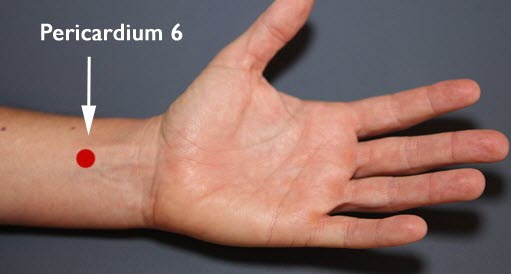
This point is termed the Inner Gate, and it is an extremely popular point for vertigo, dizziness, apoplexy and hemiplegia. It is also used to treat asthma, cough, chest congestion, cardiac pain, palpitations, depression, irritability, and malaria.
GV 20
GV 20 or Governing Vessel 20 is a powerful acupressure point for vertigo treatment that shows prompt results. This point is called the Hundred Convergences, and it is located at the center of the top of the head, at the mid-point of an imaginary line connection the highest point of your ears.
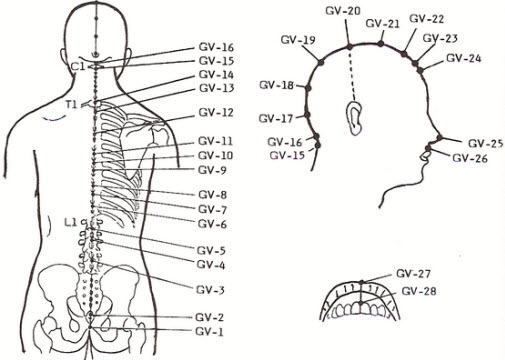
This pressure point has potent self-healing power, and it helps to cure dizziness, epilepsy, mental disorders and headache. It is also beneficial for addressing problems of earache, poor memory, blurred vision, nasal obstructions and low energy.
GB 20
GB 20 or Gall Bladder 20 is yet another potent acupressure point that is widely used in acupressure therapy for dizziness cure. This point is named the Wind Pool, and it is situated at the back of the neck, below the skull, in the groove where the neck muscles meet the skull. Activating this point is especially useful for the treatment of dizziness, vertigo, epilepsy and hemiplegia. It is also useful for addressing problems of headache, eye problems, high blood pressure, neck and shoulder pain and neurological disorders.
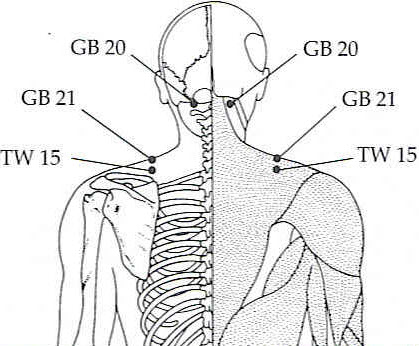
GB 21
Acupressure point GB 21 or Gall Bladder 21 is popularly used in acupressure and acupuncture treatment for relieving dizziness, vertigo, nausea and motion sickness. It is known as the Shoulder Well, and this point is located on both shoulders, directly above the nipple, at the mid-point of the line connecting GV 14 and the highest point of the shoulder. Applying controlled pressure at this point on both shoulders also aids to relieve neck pain and stiffness, shoulder pain, headaches, asthma, mastitis, breast abscess and ease labor. This point should not be stimulated during pregnancy unless you want to induce labor.
TW 17
TW 17 or Triple Warmer 17 is a functional acupressure point for dizziness treatment that shows quick results. This point is situated on both sides of the head, in the indention directly behind the ear lobe. This point can be activated by applying steady pressure using the fingers for 1 minute.

It is a local point for ear ache and all types of ear problems like deafness, tinnitus, itching inside eat, discharge from ear and swelling of the ear. It also helps to treat vertigo, dizziness, and nausea.
SI 19
SI 19 or Small Intestine 19 is a useful acupressure point that addresses the vertigo symptoms like dizziness and nausea effectively. This point is also called the Auditory Palace, and it is located on the cheek, right in the hollow when the mouth is opened.
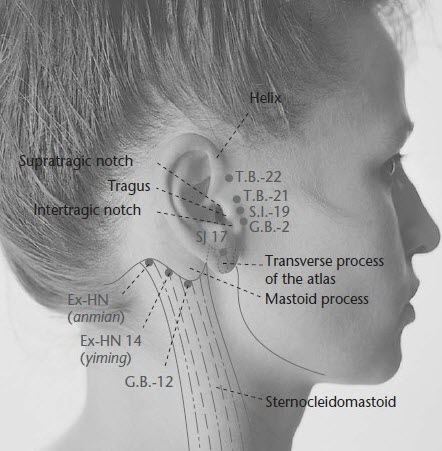
This point can be stimulated on both cheeks by applying firm and steady pressure on the points using the fingers for 1 minute. Activating this point helps to deafness, tinnitus, toothache, TMJ problems along with epilepsy and maniac behaviour.
6 Useful Acupressure Points to Treat Fainting
Fainting is a common sign of general weakness, and it is defined as a physical stage where a person loses consciousness for a short period of time because the brain is not able to get enough oxygen. The medical denomination for fainting is Syncope, but it is commonly called passing out, and a spell fainting can last from a few seconds to a few minutes. Some of the symptoms the precede fainting are dizziness, light-headedness, weakness, and nausea. If there is no underlying medical cause of dizziness and fainting, then it is not a cause for concern. But recurring spells of fainting and convulsions can be symptoms of a serious medical problem. Acupressure revival points for fainting and dizziness treatment helps to stimulate the system in order to rebalance and rejuvenate the body.
GV 26
GV 26 or Governing Vessel 26 is the most effective acupressure point for curing fainting and dizziness symptoms. This point is also called the Middle of a Person, and it is located two-thirds way up the upper lip to the nose. This is a first-aid revival point that is traditionally used to relieve dizziness, fainting, collapse, epilepsy, cramps, spinal pain and emotional agitation.

This point can be activated by applying steady pressure to the point using the tip of the index finger for 1 minute. It is a local point to treat nosebleeds, nasal discharge issues and problems with smell.
B 23 and B 47
The pair of points B 23 or Bladder 23 and B 47 or Bladder 47 are called the Sea of Vitality points and they are extremely useful acupressure points for dizziness and fainting treatment. These points are present on either side of the lower back, two and four finger widths away from the spine, at the level of the waist. Stimulating these points helps to cure fainting, dizziness, fatigue, extreme weakness and instability.
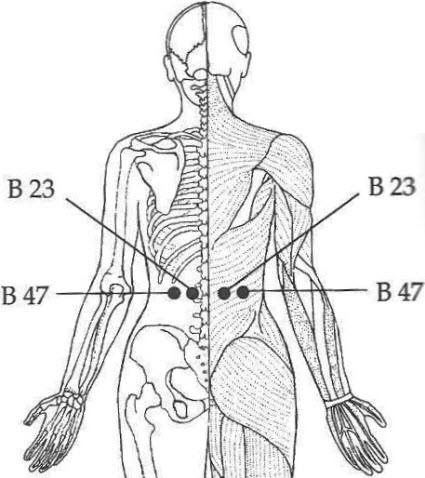
These points can be activated by rubbing the lower back rapidly with the knuckles for 1 minute. These are local points for relieving lower back pain that also helps to boost the immune system.
KD1
KD 1 or Kidney 1 is an extremely popular first aid revival point for fainting, convulsions, loss of consciousness and shock that helps in restoring consciousness. This point is termed the Gushing Spring, and it is located at the bottom of the foot, in the depression below the balls of the feet.
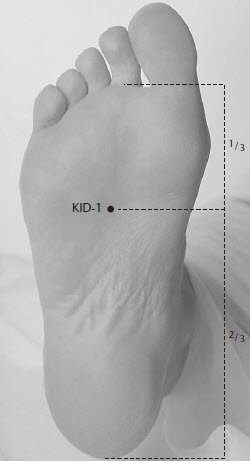
This point can be activated by rubbing the point with the fist for 30 seconds then rubbing the same point on the opposite foot. It is also a useful point to treat anxiety, mania, headaches, hypertension, tinnitus, sore throat, lower back pain, insomnia, palpitations, night sweats and hot flashes.
St 36
St 36 or Stomach 36 is yet another functional point of acupressure therapy that is used to cure fainting caused by general weakness. This point is also termed the Three Mile Point, and it is found four finger widths below the kneecap, one finger width outside of the shinbone. Stimulating this point aids to strengthen the whole body, tone the muscles and ground an individual when one is feeling weak, tired, dizzy or faint.

This point can be stimulated by placing the heel of the opposite leg on the point and rubbing it briskly for 1 minute. This point also boosts immunity, treats digestive disorders, lower leg pain, PMS symptoms, asthma, insomnia, and nervousness.
LV 3
LV 3 or Liver 3 is a popular acupressure point that is widely used for treating a plethora of diseases and health issues, and it is also beneficial for treatment of fainting and weakness. This point is known as the Bigger Rushing, and it is situated on the top of the foot, in the gorge between the big toe and the second toe. Activating this point relieves dizziness, fainting, exhaustion, headaches, minor nervous disorders and handovers.
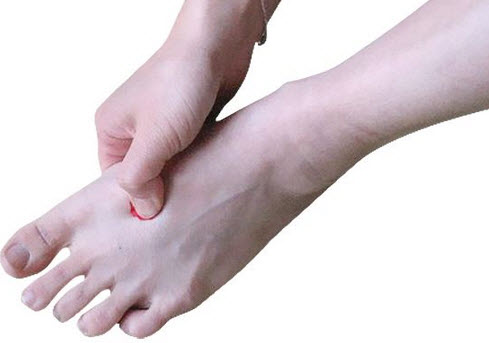
This point can be stimulated by placing both the middle and index fingers on the spot on both the feet and briskly rubbing the point for 30 seconds. It also aids to treat menstrual problems, digestive problems and works as a calming point for anxiety, irritability, and anger.
ST 9
ST 9 or Stomach 9 is one of the vital acupressure points for dizziness and fainting treatment that is located on the neck, lateral to the Adam’s apple, on the anterior border of the muscle sternocleidomastoideus.
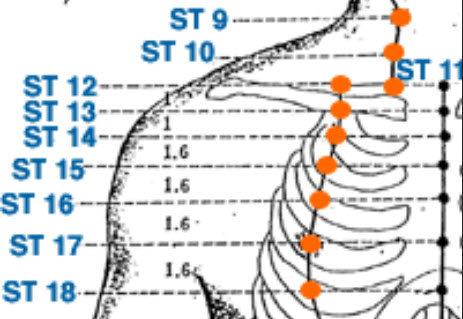
This point is termed Man’s Welcome and stimulating this point helps to cure dizziness, fainting, headache, and nausea. It also helps to relieve hypertension, lower back pain, chest tightness, asthma and sore throat.
Now that you are aware of the important acupressure points for treating dizziness, vertigo, weakness, fainting and headache, stimulate a few of these pressure points at a time and get lasting relief from these problems.
The post 12 Potent Acupressure Points to Cure Vertigo, Dizziness, and Fainting appeared first on Modern Reflexology.
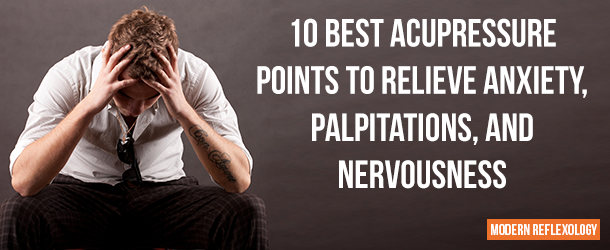
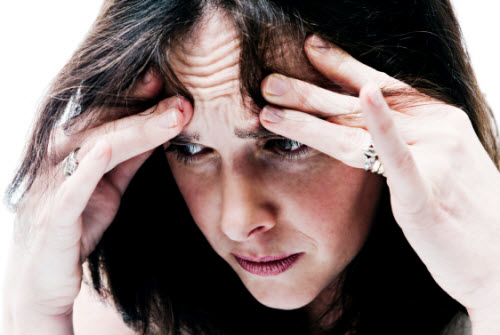
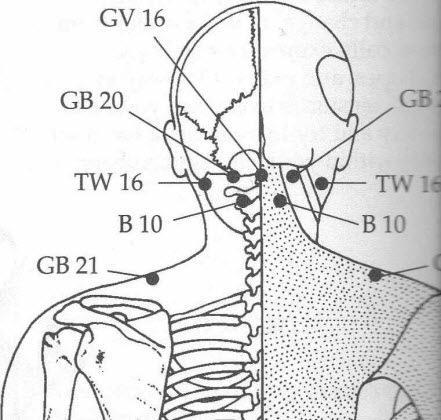
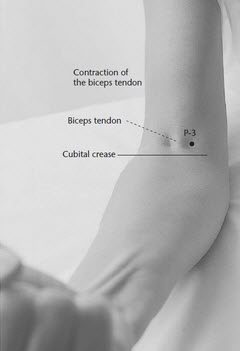
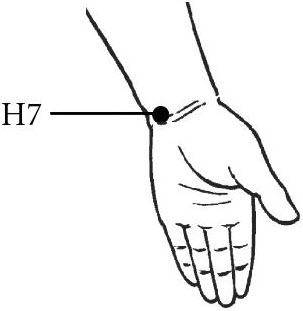
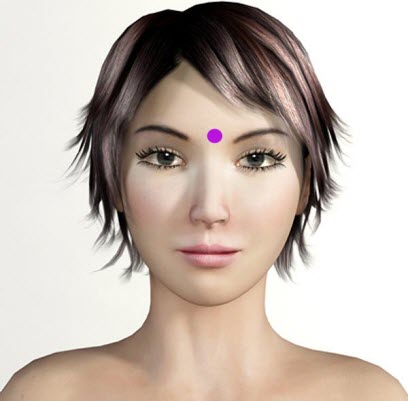
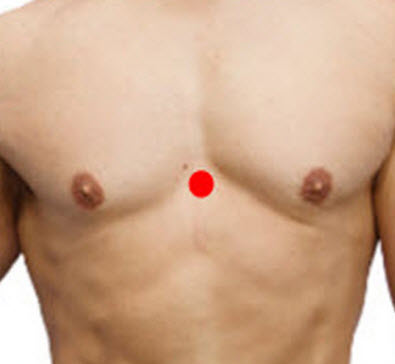
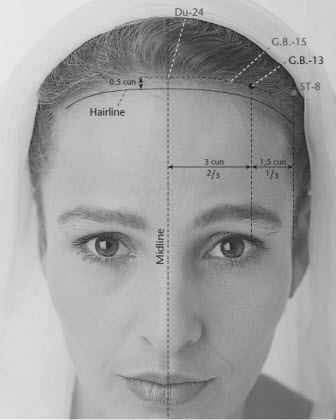
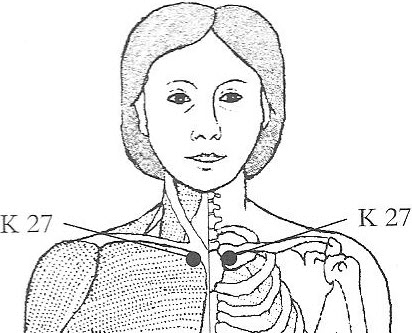



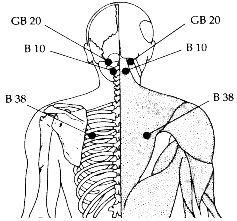
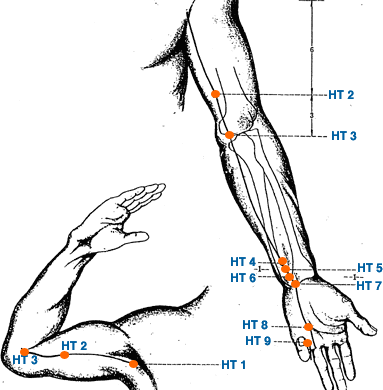
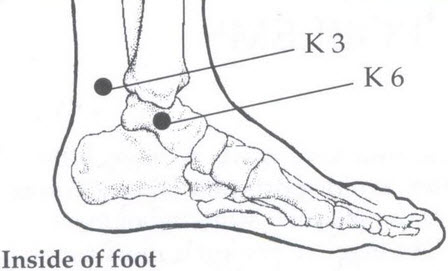

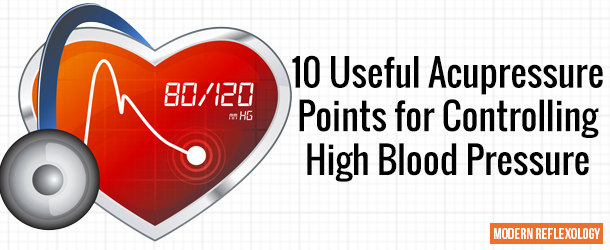
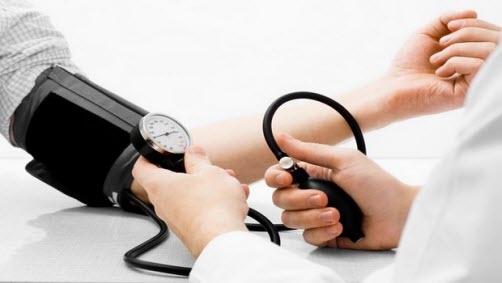
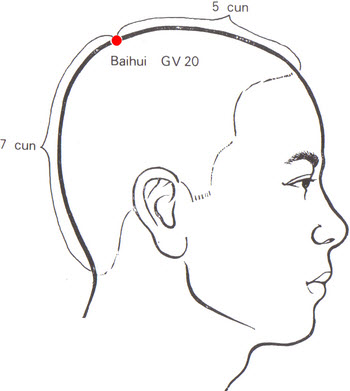

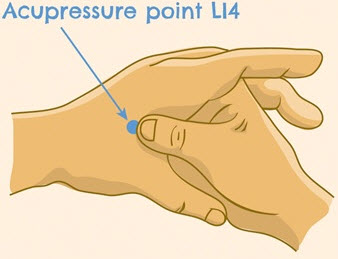
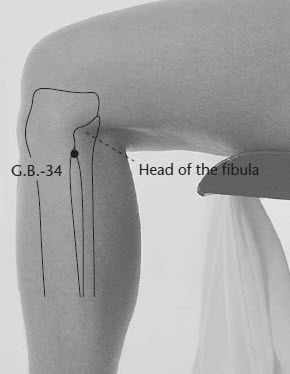
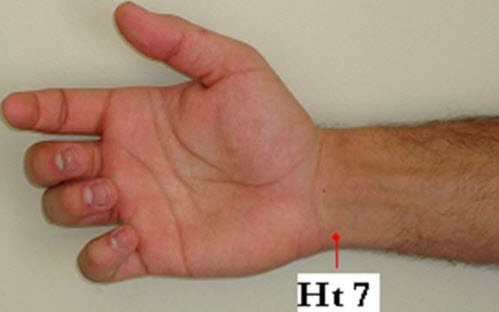
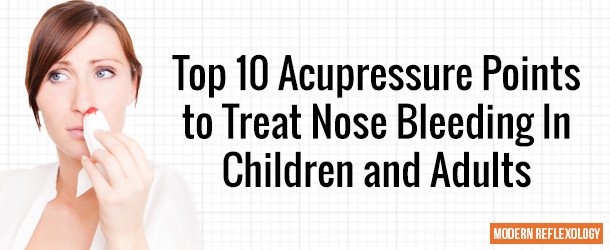
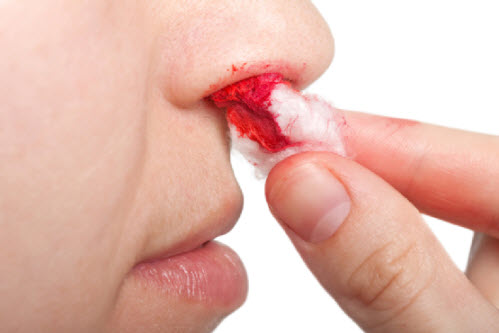
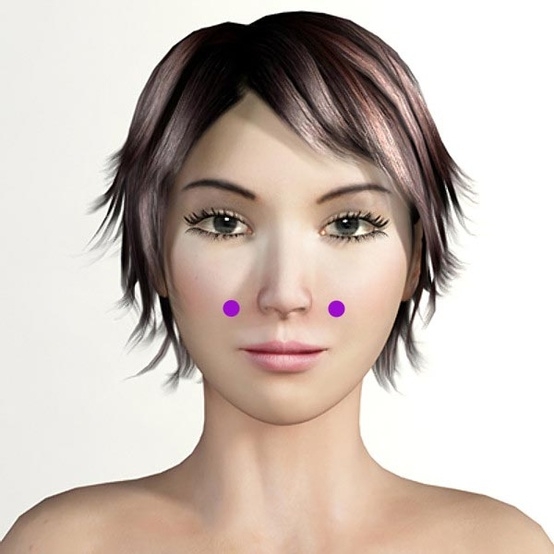
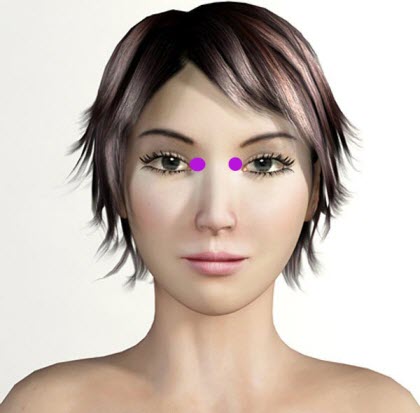
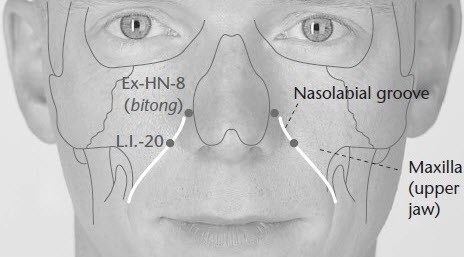

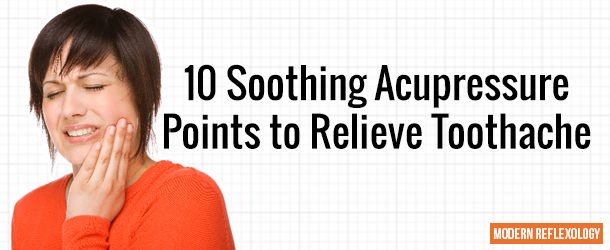
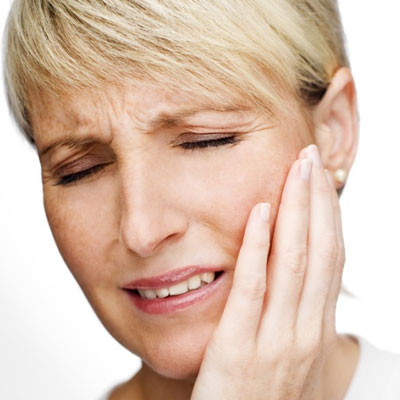
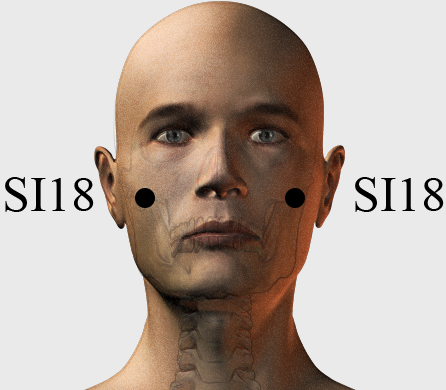
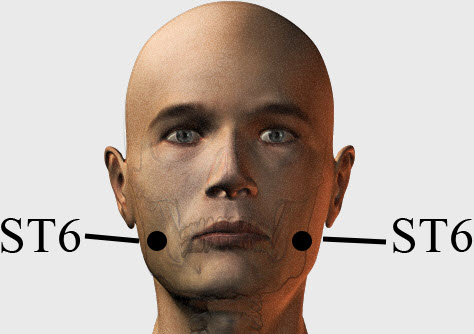
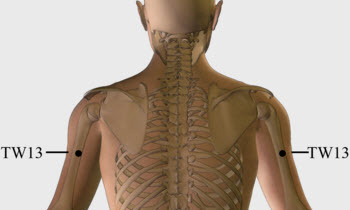
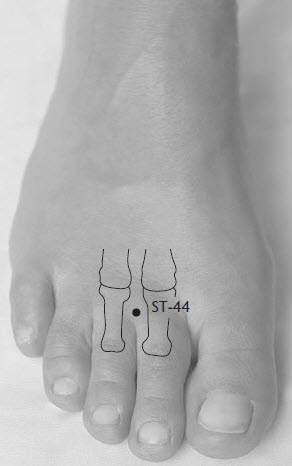
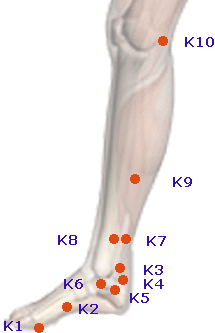 This point can be activated on both feet by applying strong and firm pressure using the thumbs for 1 minute. It helps to alleviate toothache, swelling of the pharynx, eye problems, headache, dizziness, insomnia, asthma, diabetes, cough, male impotence, irregular menstruation and lumbar pain.
This point can be activated on both feet by applying strong and firm pressure using the thumbs for 1 minute. It helps to alleviate toothache, swelling of the pharynx, eye problems, headache, dizziness, insomnia, asthma, diabetes, cough, male impotence, irregular menstruation and lumbar pain.
